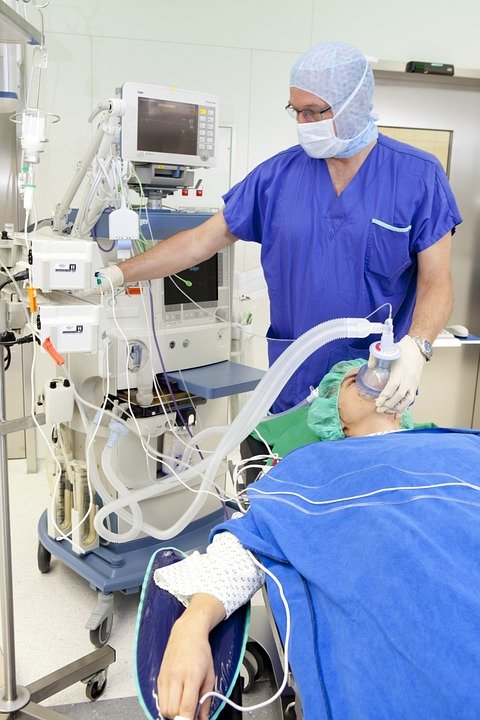
Sleep apnea is a common sleep disorder. Sleep apnea is a disorder in which the breathing of an individual stops and restarts every time they fall asleep. You need to get checked if you are feeling restless in your sleep, experiencing drowsiness during the day, and snoring loudly. The pause in breathing is an involuntary action that is brought about by factors such as blocked airways and problems in the brain. After the involuntary pause in breathing, one either snorts, wakes up or takes in a deep breath. Treatment for the sleep apnea orem should be sought as fast as possible because failure to treat the condition leads to illnesses such as depression and various heart diseases. The condition causes drowsiness, which is dangerous for people who drive or operate heavy machinery.
A lot of people do not know that they suffer from sleep apnea. All individuals do not feel If your reaction to the involuntary pause in breathing is snorting or taking in a deep breath as you sleep, then you may not know that you are suffering from the condition, and the symptoms can only be identified by your sleep partner. Symptoms of sleep apnea include morning headaches, waking up with a dry mouth, difficulty concentrating, heartburn, and irritability. You are more likely to suffer from sleep apnea if you have a large neck circumference. Sleep apnea is caused by various factors such as physical obstructions to the airways, muscular changes, and impaired brain function.
Sleep apnea is a treatable condition. The treatment chosen depends highly on the cause of your apnea. Before your doctor recommends a treatment option, he or she will most likely recommend some changes in your life to try and normalize your breathing. Some of these changes include losing weight, trying sleeping on the side rather than on the back, and avoiding alcohol and smoking. If these lifestyle changes do nothing for your sleep apnea, other treatment options will be recommended.
A mandibular repositioning device may be used to try and normalize your breathing. A mandibular repositioning device will only be recommended if your sleep apnea is not too serious. The purpose of this device is to hold your jaw in a forward position, thereby keeping your airway open, which in turn normalizes breathing during sleep. This device is usually custom made. Learn more on this site.
Continuous positive airway pressure therapy, commonly referred to as CPAP, is another treatment option. CPAP therapy involves the use of a gas mask that provides air pressure, thereby keeping the airway open. Your doctor may make several adjustments to your CPAP machine to make it more effective and easier to use. Moisture can be added to the air directed to the airways to relieve on of nasal symptoms. Surgery is another viable treatment option. Click on this link to learn more: https://en.wikipedia.org/wiki/Obstructive_sleep_apnea.



